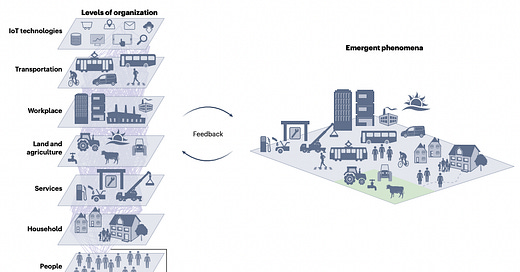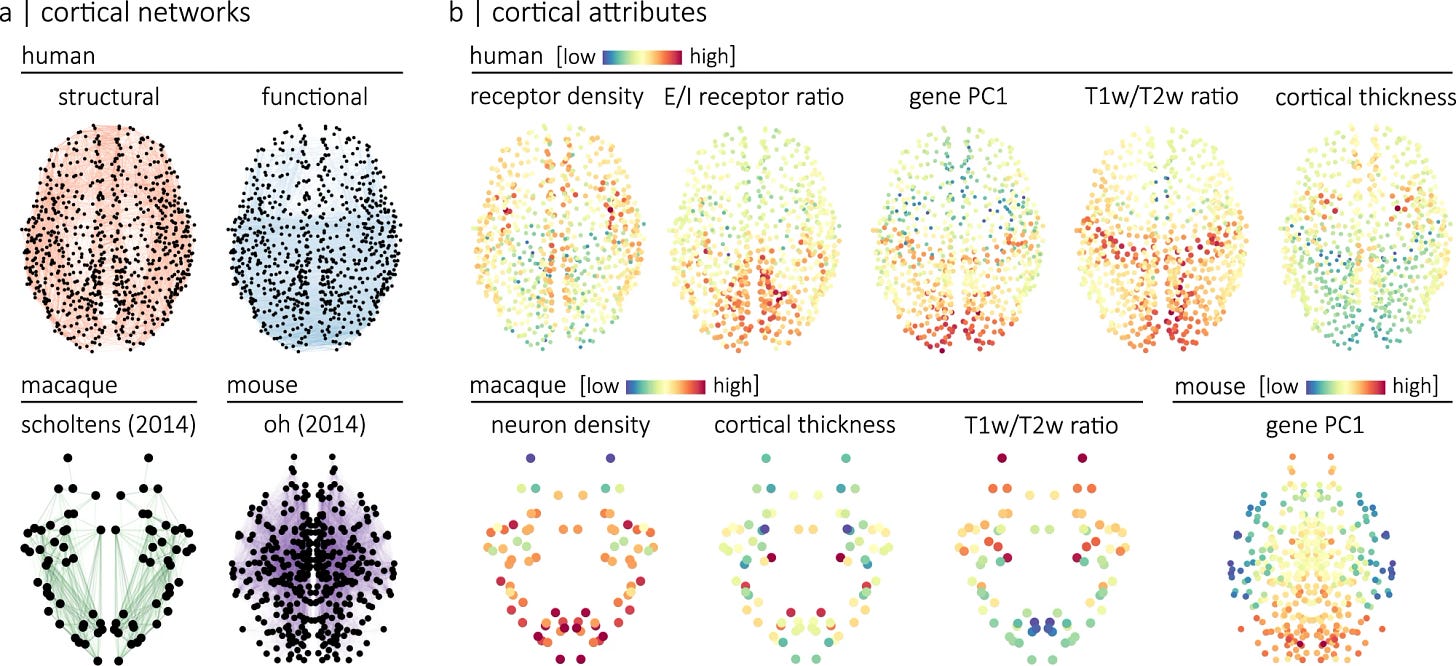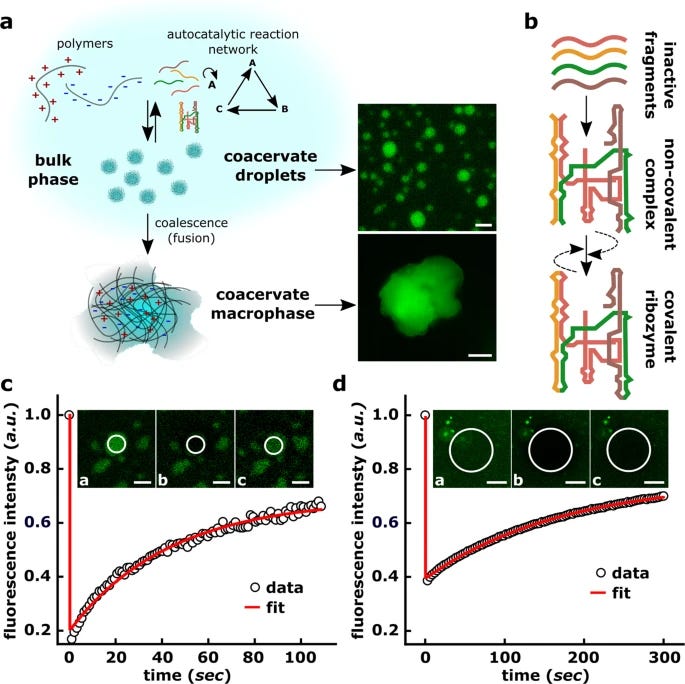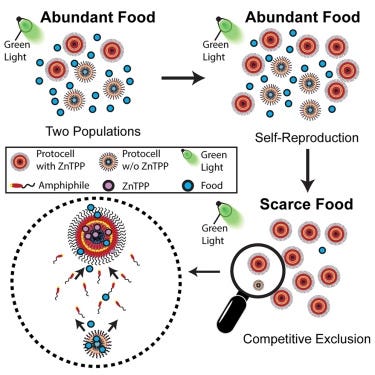Urban Systems
The role of complexity for digital twins of cities
Cities are complex systems characterized by emergent phenomena that cannot be captured by a digital twin alone. This complexity can be captured by a representation based on distinct interacting layers leading to emergent properties such as clusters of communities and traffic patterns. Caldarelli et al discuss why complexity science and network science are crucial to account both the short-term and the long-term dynamics of cities and their interactions. They argue that cities are not merely large machines or logistic systems but mutually interwoven self-organizing systems, which evolve, to an extent, like living ones.
Systems Biology
Robustness and innovation in synthetic genotype networks
Genotype networks are sets of genotypes producing the same phenotype, and their significance in gene regulatory networks (GRNs). While empirical evidence for genotype networks exists for RNA, proteins, and regulatory protein binding sites, understanding GRN genotype networks has been more challenging. Santos-Moreno et al investigate synthetic GRNs in Escherichia coli using CRISPR interference, revealing three interconnected genotype networks with distinct phenotypes, demonstrating the potential for genotype evolution, robustness to mutations, and access to novel phenotypes within GRNs
(Network) Neuroscience
Assortative mixing in micro-architecturally annotated brain connectomes
Basinet et al enrich empirical connectomes with molecular, cellular, and laminar annotations to study how topology and attributes are related.
“By bridging scales of cortical organization, from microscale attributes to macroscale connectivity, this work lays the foundation for next-generation annotated connectomics”.
Syncytial nerve net in a ctenophore adds insights on the evolution of nervous systems
Ctenophores is a group of marine invertebrates closely related to animals with nervous systems. Burkhardt et al investigate the organization of their nerve net through high-resolution electron microscopy, revealing that neurons are interconnected through continuous plasma membranes, without the presence of synapses. This finding challenges the traditional neuron doctrine and provides an alternative perspective on the evolution/organization of neuronal networks and neurotransmission.
Origin of Life
Multispecies autocatalytic RNA reaction networks in coacervates
The authors demonstrate the self-reproduction of a specific ribozyme system within charge-rich coacervates, where catalytic ribozymes are produced through the assembly of smaller RNA fragments. They also show that these assembled molecules are active and capable of both self-catalysis and cross-catalysis within the coacervates. The phase-separated compartments of the coacervates provide robustness to the composition of the reaction networks against external perturbations.
Competitive exclusion principle among synthetic non-biochemical protocells
Is biochemistry necessary to support “competitive exclusion”? Experiments involving two populations of artificial protocells, which are self-reproducing polymer-based structures, show that the answer is not always.
The populations share the same environment but differ in the presence of a photocatalyst that provides reproductive advantages. The experiments demonstrate that the competitive exclusion principle (CEP) applies to these protocells, indicating that biochemistry is sufficient, but not necessary, to drive the CEP. This finding has implications for protocell research, the origin of life, laboratory synthesis of life, and the possibility of generalized life in exoplanets.
→ Would you like to recommend a paper to be covered by Complexity Thoughts? Then click on the button below and suggest it! It can be part of the new section “From the community”.
→ Do you like Complexity Thoughts? Invite your friends & collaborators to subscribe!








